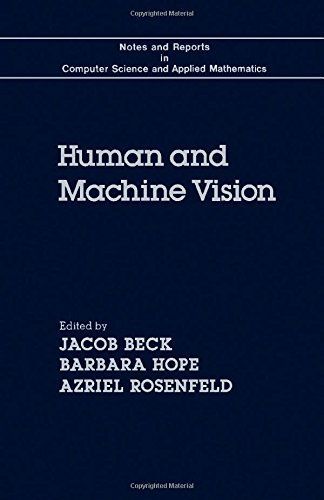
Human and Machine Vision
Human and Machine Vision provides information pertinent to an interdisciplinary program of research in visual perception. This book presents a psychophysical study of the human visual system, which provides insights on how to model the flexibility required by a general-purpose visual system. Organized into 17 chapters, this book begins with an overview of how a visual display is segmented into components on the basis of textual differences. This text then proposes three criteria for judging representations of shape. Other chapters consider an increased use of machine vision programs as models of human vision and of data from human vision in developing programs for machine vision. This book discusses as well the diversity and flexibility of systems for representing visual information. The final chapter deals with dot patterns and discusses the process of interring orientation information from collections of them. This book is a valuable resource for psychologists, neurophysiologists, and computer scientists.